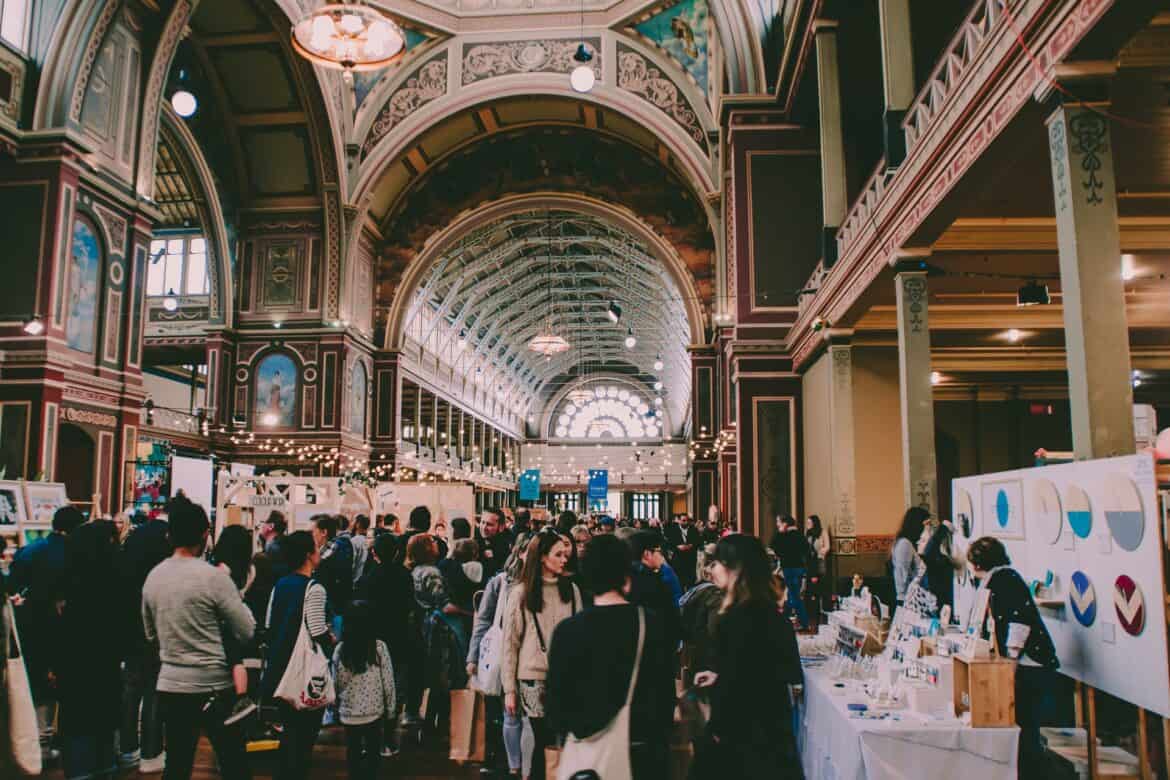The inevitability of connecting history and art to our own survival may be a flawed argument against the preservation of history
One of the questions historians have been asking for a long time is whether the preservation of history and art is threatened.
One of the ways in which people can contribute to this problem is the idea that people are not good enough to preserve ancient works of art.
The author argues that this argument can be used as a reason to avoid preservation work. He also shows why this argument can go too far and lead to the oblivion of the true reasons for preserving certain works of art.
In his view, there are many reasons why someone might want to preserve an ancient work of art, making it more important than preservation just because of its history (“Because you don’t know how long it’s been preserved”). The author concludes by saying that preservation should be more than just a “pocket job.”
Museums should not decide whether they are “historical” by design
Museums should not decide whether they are “historical” by design. Museums are a living, breathing organism that must evolve with the past, present and future. Developing exhibits for a museum is an active process that cannot be static. It must have its own chronology, independent of the time zones and rhythms of the world. A museum’s chronology must be its own visual chronometer, an independent narrative that moves from the past to the present to the future. The history of the exhibits is very important. The story of each exhibit is a vital part of what makes a museum what it is, and why it matters to so many people.
What are the best exhibit designs?
The most common type of exhibit is a museum exhibit. It is essentially very much like a book, with paintings and sculptures as the main attractions. It is also designed to be placed outdoors, and visitors can see the exhibits just by walking into the museum.
The first thing that comes to mind when I think of museum exhibits is people walking through the door, coming in and out, interacting with the objects they see, exploring different themes, and so on. It all makes people feel like they’re really in a real museum or visiting a fancy art gallery, rather than just taking a little break from their daily lives. In other words, it’s much more interesting than the usual exhibitions, where you can just quickly walk through the exhibits without really getting into them.
Exhibition design is one of the most overlooked problems in museums | Why you should use exhibition design more
There is a huge disconnect between museum exhibitions and the exhibits they are supposed to represent. But there’s a big advantage to using exhibition design more carefully. Some museums even hire designers to create the exhibits they exhibit.
The role of exhibition design is extremely important to anyone interested in art, history or culture in general. There are so many different viewpoints and different opinions about what kind of exhibitions we should show; how should we arrange the sections of the exhibit? How should we present our work? The most important question is: How can we create an engaging experience for our visitors?
There are many ways to do this with exhibitions – but not all of these ways can meet all needs at once. This session will explore some practical approaches to making exhibitions more user-friendly without compromising their experience.
What’s the best way to develop themes for an exhibit or app?
There are many approaches when developing a theme. One is to use an “exhibitor” who will be responsible for showcasing the theme in the near future at an event or site. Another is to buy themes and let people create their own themes, although this may be more expensive because of the various costs and lack of templates available.
One thing often overlooked when developing themes for events or trade shows is that each theme comes with a set of rules that determine how to use it to get the best results.
How to use artificial intelligence to create a variety of trade show designs and themes that work well in different industry markets
We believe that good trade show design should:
1. be beautiful, not just functional
2. meet customer needs and be a business resource for the audience by providing relevant information
3. achieve a rapport between the content and the audience, thereby creating an emotional connection with them so they want to continue interacting with your brand after visiting the show. And finally; we need those slideshows so that our customers can remember the
